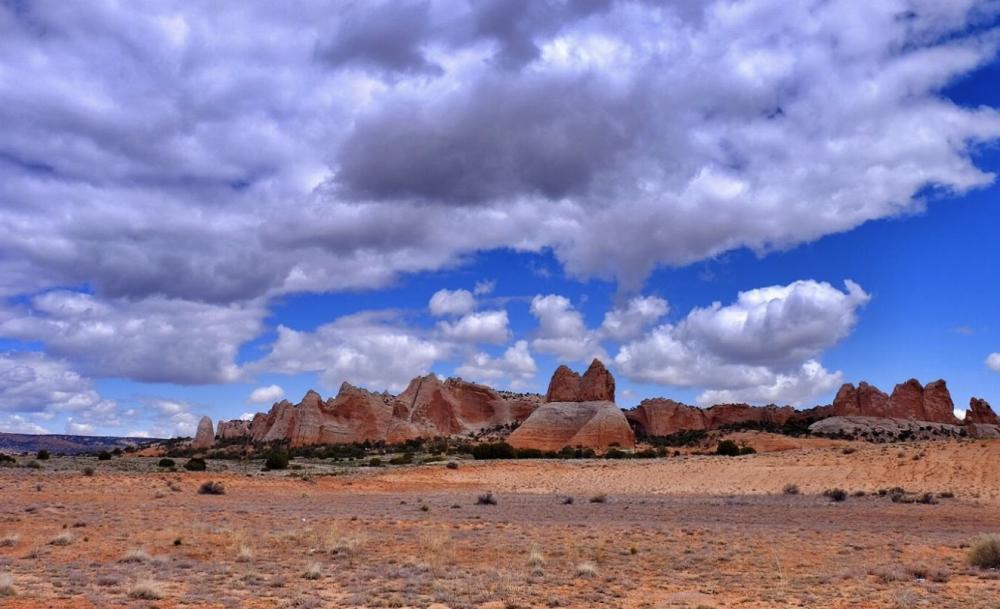 A couple weeks ago, I watched a segment on 60 Minutes about an Inuit throat singer. Before that, I had never heard of Inuit throat singing, and to be honest, I’m not about to download some Inuit throat singing and add it to my favorite playlist. But that’s not the point. Embedded in the 60 Minutes story was the sad saga of Inuit mistreatment by the Canadian government: the forced assimilation and marginalization of a distinct native culture into a non-native, white society. It sounded almost as heinous as the mistreatment of Native Americans by our own government.
A couple weeks ago, I watched a segment on 60 Minutes about an Inuit throat singer. Before that, I had never heard of Inuit throat singing, and to be honest, I’m not about to download some Inuit throat singing and add it to my favorite playlist. But that’s not the point. Embedded in the 60 Minutes story was the sad saga of Inuit mistreatment by the Canadian government: the forced assimilation and marginalization of a distinct native culture into a non-native, white society. It sounded almost as heinous as the mistreatment of Native Americans by our own government.
Indigenous indignities are, sad to say, common phenomena. The histories of Mexico, Central America, and South America are rife with indigenous indignities. The African slave trade is a horrific chapter in the still unfolding saga of the human and economic exploitation of the New World. Immigrant Australians have pushed the native Aboriginal culture of their island continent almost to the point of extinction. Canadians, whom I have always thought to be fair, inclusive, and open-minded people, have not been so fair, inclusive, and open-minded when it comes to their own Inuit population. And here in the United States, the legacies of Thomas Jefferson’s Manifest Destiny, Andrew Jackson’s Trail of Tears, the Bosque Redondo (the federal internment facility for Navajos and Mescalero Apaches), and the forced relocation of countless other Native Americans have left not just a scar but an open wound on our own landscape.
Tell me: why is it that a predominantly white culture feels it has the right to exert dominance over another indigenous, non-white culture? Is it lust for territory? Natural resources? Wealth? Or is it an unquenchable feeling of cultural or religious superiority—what the French colonizers of West and North Africa called their “civilizing mission” or what Rudyard Kipling labeled the “white man’s burden?” Moreover, isn’t it ironic that Christian missionaries were often the agents—unwitting or otherwise—of cultural assimilation and even annihilation, but then those missionaries were, more often than not, simply using their particular order’s interpretation of a divine plan to justify a more demonic one.
The perpetrators of past indigenous indignities are certainly the revered ancestors of today’s white supremacists.These people should have become extinct along with the dinosaurs, but somehow their misguided notion of superiority seems to have been reborn and is making a new and even more hateful resurgence these days. Whether driven by political tolerance from on high or by fear of economic or social displacement below, the current crop of white supremacy practitioners have all-too-boldly reclaimed space in our national discourse. Their claptrap should have been silenced at the first syllable, but when that didn’t happen, they grew emboldened and shouted louder. Now the genie is out of the bottle. It’s hard to imagine anything remotely resembling a silver lining to this phenomenon unless it’s now that white supremacy is out in the open, it should be easier to wipe out once and for all. How I wish!
The roots of white supremacy run deep; the soil of indigenous indignities has historically been all too fertile. Empires have been built upon it. The irony, of course, is that the morally erosive influence of these indignities makes for a house, a nation, or even an empire built on shifting sand. If we are to withstand the storms that are sure to come, we have to shore up our foundation and exterminate all notions of white supremacy.
Not too long ago, I spent a week in the Navajo nation writing a profile of a doctor friend of mine who works the night shift at the Fort Defiance Indian Hospital near Window Rock, Arizona. My friend leads an upside-down existence, sleeping by day, treating patients by night. A traditionally trained and highly skilled emergency room physician, he is known locally as “Big Daddy Medicine Man.” Every night, he sees a little of everything—diseases and injuries that seem out of place in the 21st Century. He has also bumped into traditional Navajo healing rituals— sand paintings and sings that address the emotional and spiritual roots of sickness and disease. He has learned an important lesson. “Who knows what really works,” he told me with a shrug one dawn, “what really heals?”
From all the indigenous indignities that have been inflicted on one culture by another, I hope we all might learn a similar lesson. We need all the healing we can get.
I’ll be right back.
Jamie Kirkpatrick is a writer and photographer with homes in Chestertown and Bethesda. His work has appeared in the Washington Post, the Baltimore Sun, the Pittsburgh Post-Gazette, the Philadelphia Inquirer, the Washington College Alumni Magazine, and American Cowboy magazine. “A Place to Stand,” a book of photographs and essays about Landon School, was published by the Chester River Press in 2015. A collection of his essays titled “Musing Right Along” was published in May 2017; a second volume of Musings entitled “I’ll Be Right Back” was released in June 2018. Jamie’s website is www.musingjamie.com



[…] Indigenous Indignities by Jamie Kirkpatrick Author jamiewkPosted on May 21, 2019Categories Musings […]